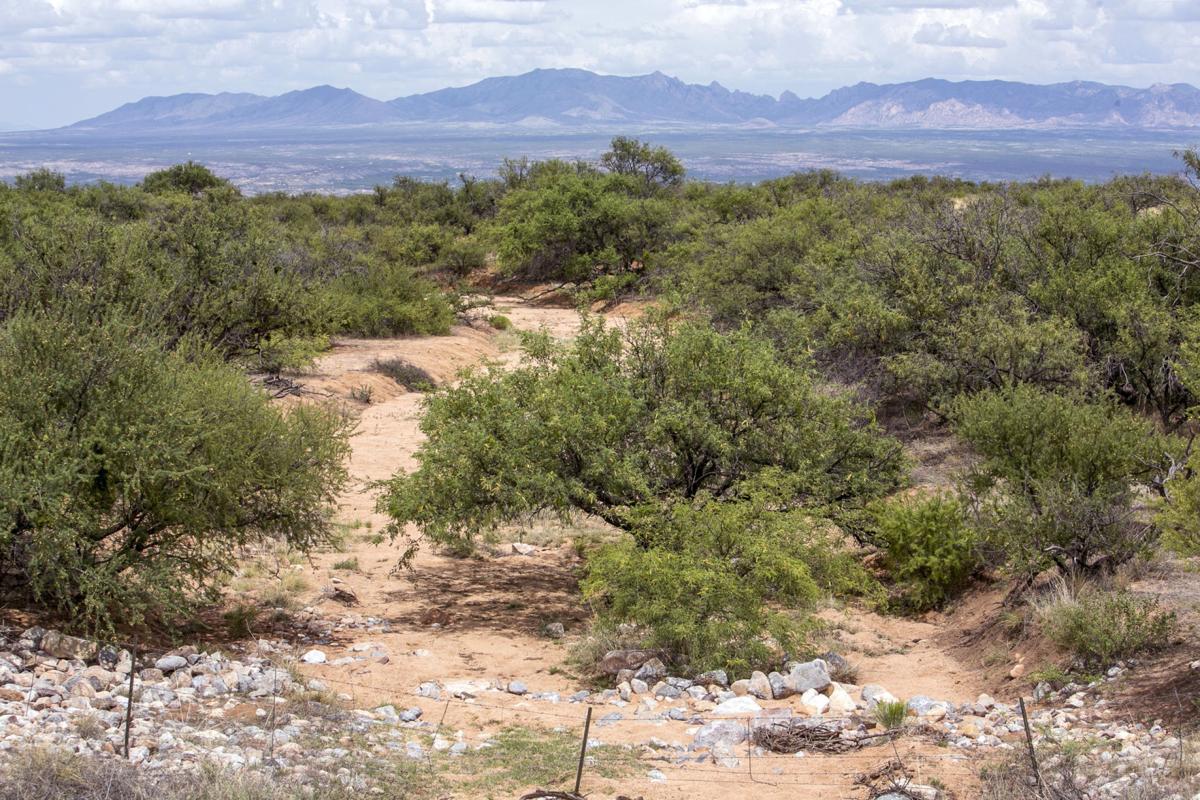A retired geologist and conservationist is warning Benson city leaders that some wells proposed at the Villages at Vigneto development will likely exceed federal safety limits for arsenic.
Arsenic levels in Vigneto’s existing production well, which will help provide water for the 28,000-home master planned community, are safe under the Environmental Protection Agency’s current threshold.
But 13 additional wells proposed further east in Vigneto’s well field, closer to the San Pedro River, will likely have significantly higher readings, said Norm “Mick” Meader. He was a staff member in the University of Arizona’s Department of Geosciences for 23 years before his 2010 retirement.
Benson city data show arsenic levels are heightened at wells closer to the San Pedro, where groundwater flow picks up naturally occurring arsenic and other minerals, Meader said. In 2005, Benson had to shut down multiple city wells — which drew from the same part of the aquifer as Vigneto’s proposed wells — because of high arsenic concentration, he said.
“The previous Benson data shows clearly this is a potential problem that needs testing,” Meader said. He is also co-president of the Cascabel Conservation Association, one of six environmental groups that in May filed a lawsuit against the U.S. Army Corps of Engineers. The suit demanded the Corps reconsider a 2006 Clean Water Act permit on which Vigneto relies.
Meader outlined his concerns in a letter sent Thursday to Benson city leaders, officials at the Arizona Department of Environmental Quality and the Department of Water Resources, as well as El Dorado Holdings, Vigneto’s developer. Meader shared the letter with the Star on Friday.
Brad Hamilton, Benson city engineer, said all new wells are tested to ensure potability before they are connected to the water system.
“This is a minor issue that will be dealt with as the development is designed and constructed,” he said in an email. “If arsenic does become an issue, there are many proven processes that are available to remove it from the water.”
Meader emphasized the city and developer should investigate arsenic concentrations before construction starts on the project, since the plans may have to be adjusted based on the results.
“El Dorado needs to drill one or two test wells before launching into full-scale development to know whether they have the usable water they need. They don’t want to launch into full development and find they don’t have the water they counted on,” he said.
If arsenic levels are too high at those locations, developers will have a number of options, Meader said. They could import water or build a water-treatment plant focused on arsenic, which would be costly. They could also mix the water from wells that have elevated arsenic levels with other water that has lower levels, so it averages less than 10 micrograms per liter, he said.
But the developer can’t move the well field further west, because the aquifer isn’t sufficiently developed there, he said.
Benson’s wells
More than a decade ago, Benson city leaders had to shut down four city wells with arsenic levels considered unsafe under new Environmental Protection Agency regulations. The regulations, which took effect in 2006, lowered the acceptable level of arsenic in drinking water from 50 micrograms per liter to 10 micrograms per liter.
The city spent less than $400,000 to build a new well and expand pumping from two wells farther west with safe arsenic levels, Hamilton said.
Elevated levels of arsenic are common in Southern Arizona aquifers, said Daniel Weber, a Denver-based hydrogeologist with environmental consulting firm Errol L. Montgomery & Associates.
“It’s naturally occurring,” he said. “It wouldn’t surprise me that, along the axis of the San Pedro where you have lots of silts and clays, that you’d have elevated levels of arsenic.”
In 2005, Benson commissioned Weber’s firm to test quantity and quality of water from wells outside the boundaries of a proposed development called Whetstone Ranch — where Vigneto is now located — to determine if those wells could help supply EPA-compliant water to the project. The testing found those outside wells had high-quality water, he recalled.
Whetstone went under during the financial crisis a few years later. Vigneto purchased the land and inherited Whetstone’s Clean Water Act permit in 2014.





